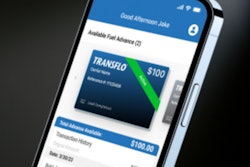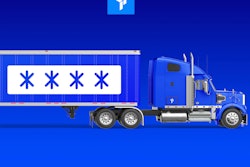The less-than-truckload (LTL) transport industry has never been more important to the U.S. economy than it is at a time when supply chains are snarled and consumers are relying on quick delivery of online orders.
Yet in many ways, the situation has never been more perilous for LTL trucking companies, and it’s all because of the growing reliance on – and growing threats associated with – digital technology.
Cyberthreats have materialized in the form of ransomware attacks, in which trucking companies literally have to pay hackers a ransom to stop their systems from being paralyzed. These threats have also taken the form of diagnostic system attacks, in which hackers can get access to information about routes and other critical data.
Hackers will shut down entire assets. They can steal customer information. They can make it impossible to run payroll. And every attack jeopardizes far more than just the company targeted. It jeopardizes the very heart of America’s system of commerce.
The National Motor Freight Traffic Association (NMFTA) has maintained a laser-focus on this issue in recent years and added some of the nation’s best minds on cybersecurity to its staff, and offering extensive materials to help the industry protect itself and, most prominently of all, hosting an annual Digital Solutions Conference.
The 2023 version of this complimentary conference will take place in Houston October 22-25, and will cover the landscape when it comes to transport-related cybersecurity issues.
These programs include a review of the cyberthreat landscape facing the trucking industry; current tools and strategies for preventing truck hacking; explaining the IoT (Internet of Things) and how it can leave you vulnerable; how to build a culture of cybersecurity at your company; best practices in API security; exercises to test your company’s preparedness; understanding IT security and OT security; threats from the most basic of sources: Email; and securing the right level of cybersecurity insurance to match your need and risk.










